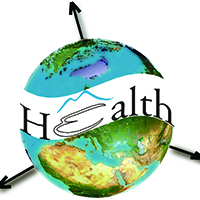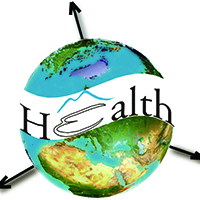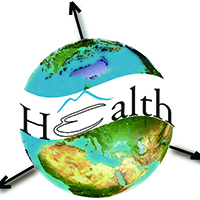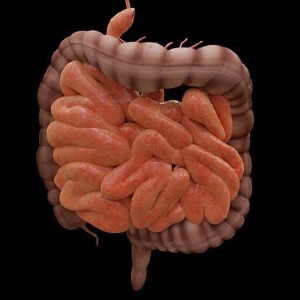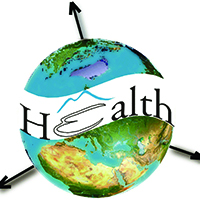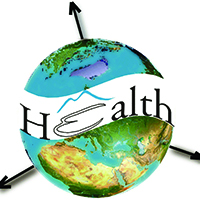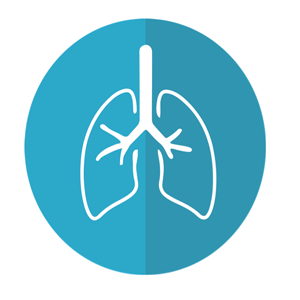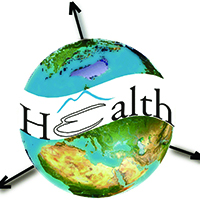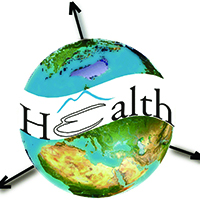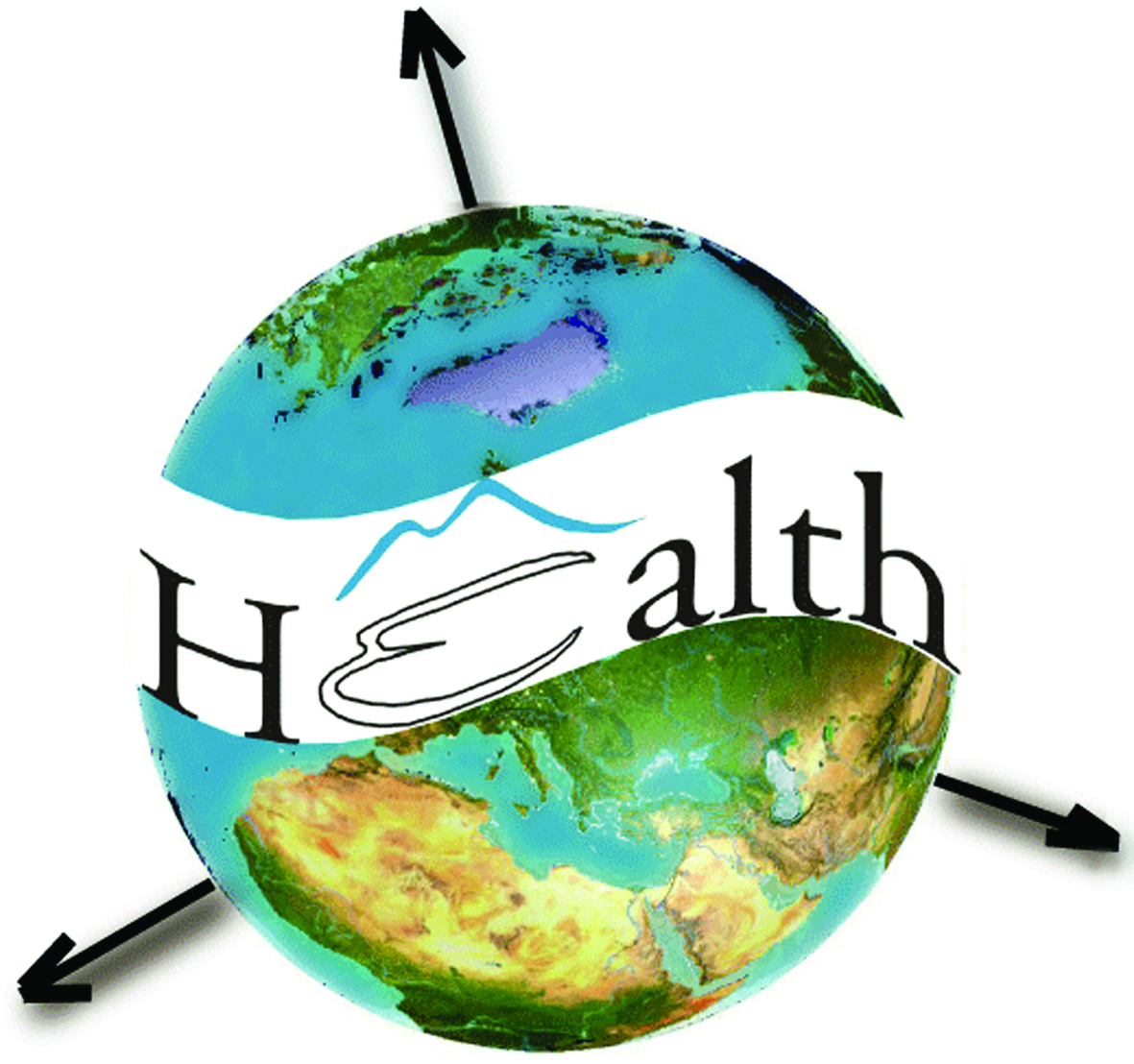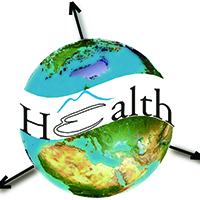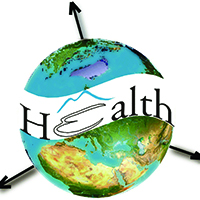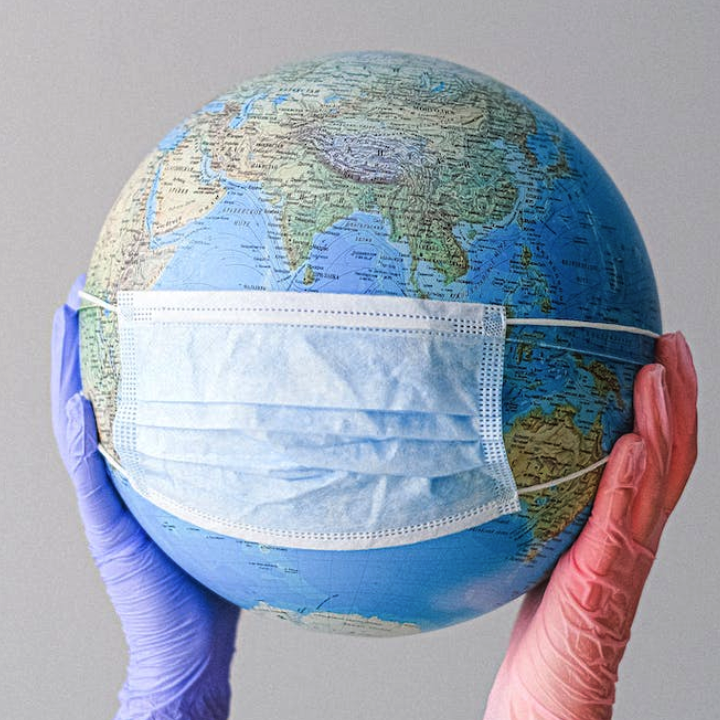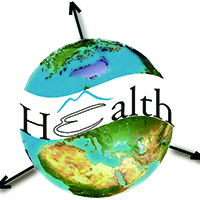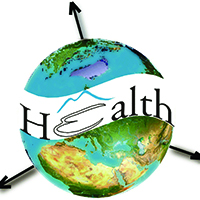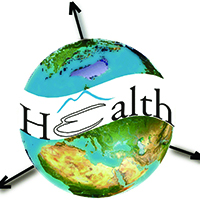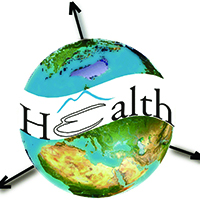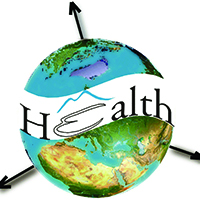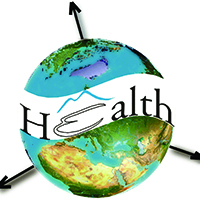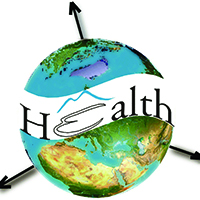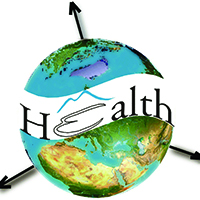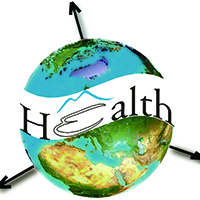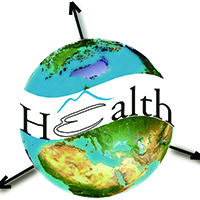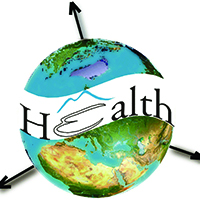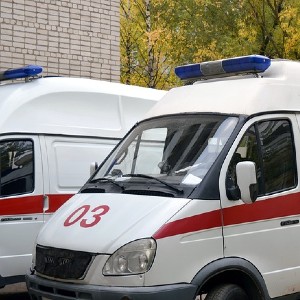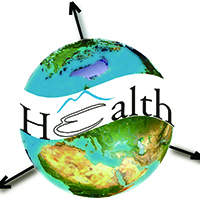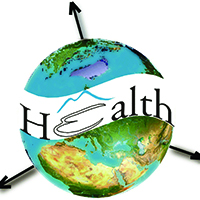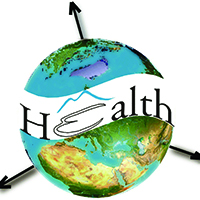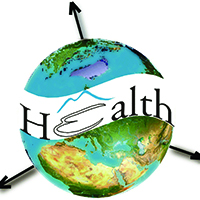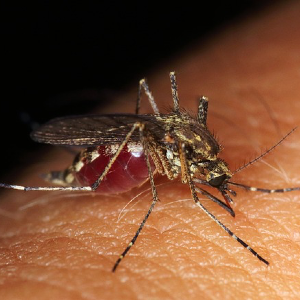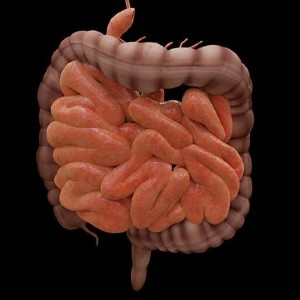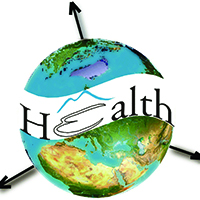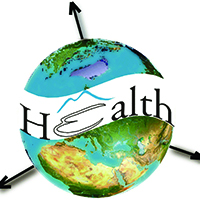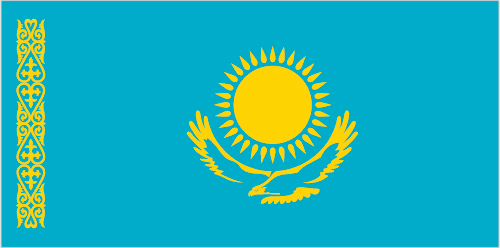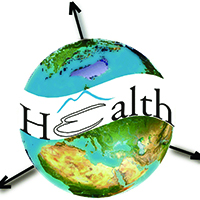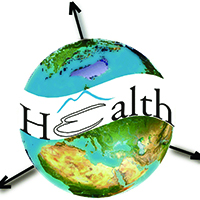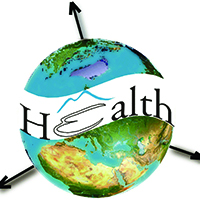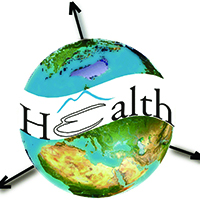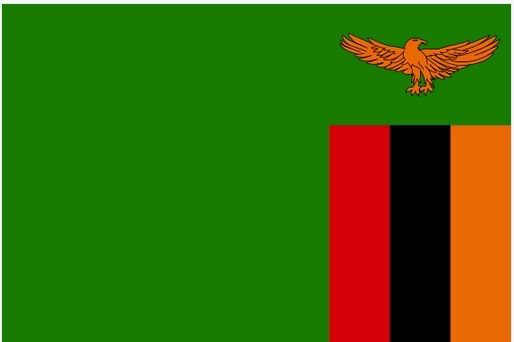FOR AUTHORS
Search
Search Results
##search.searchResults.foundPlural##
-
Predominance and geo-mapping of avian influenza H5N1 in poultry sectors in Egypt
2627PDF: 1074APPENDIX: 443HTML: 1511 -
Spatiotemporal transmission and socio-climatic factors related to paediatric tuberculosis in north-western Ethiopia
3407PDF: 1160APPENDIX: 382HTML: 839 -
Habitat suitability map of Ixodes ricinus tick in France using multi-criteria analysis
5993PDF: 2265Appendix: 312HTML: 261 -
Optimizing allocation of colorectal cancer screening hospitals in Shanghai: a geospatial analysis
1741PDF: 870Supplementary Materials: 104HTML: 20 -
Impact of climate change on dengue fever: a bibliometric analysis
2291PDF: 685Supplementary Materials: 320HTML: 93 -
Spatial patterns of the total mortality over the first 24 hours of life and that due to preventable causes
955PDF: 458Appendix: 117HTML: 21 -
A preliminary spatial-temporal study of some soil characteristics in the calcareous massif of Sicó, Portugal
1692PDF: 859HTML: 923Fig. 1: 255Fig. 2: 247Fig. 3: 255Fig. 4: 215Fig. 5: 238Short Communication: 287 -
Ecological characterization of a cutaneous leishmaniasis outbreak through remotely sensed land cover changes
1529PDF: 750Appendix: 116HTML: 30 -
Moran’s I and Geary’s C: investigation of the effects of spatial weight matrices for assessing the distribution of infectious diseases
1165PDF: 335Supplementary materials: 129HTML: 94 -
Intra-urban differences underlying leprosy spatial distribution in central Brazil: geospatial techniques as potential tools for surveillance
1166PDF: 562Supplementary Materials: 70HTML: 12 -
Spatio-temporal analysis of fox rabies cases in Germany 2005-2006
2725PDF: 1154HTML: 1205 -
Assessing spatial patterns of HIV prevalence and interventions in semi-urban settings in South Africa. Implications for spatially targeted interventions
1970PDF: 494Supplementary 1: 104Supplementary 2: 255HTML: 145 -
Reducing bias in risk indices for COVID-19
2712PDF: 343Appendix: 363HTML: 31 -
Spatial association between the incidence rate of COVID-19 and poverty in the São Paulo municipality, Brazil
7138PDF: 1334Appendix: 126HTML: 23 -
Where to place emergency ambulance vehicles: use of a capacitated maximum covering location model with real call data
2477PDF: 724Supplementary Materials: 133HTML: 78 -
Detection of spatial aggregation of cases of cancer from data on patients and health centres contained in the Minimum Basic Data Set
1612PDF: 821SUPPLEMENTARY: 355HTML: 132 -
-
To what extent does climate explain variations in reported malaria cases in early 20th century Uganda?
3888PDF: 1157Appendix: 493HTML: 1211 -
Spatial air pollution modelling for a West-African town
3531PDF: 1504SUPPL. MATERIAL: 412HTML: 1078 -
Spatial clustering of colorectal cancer in Malaysia
1351PDF: 614HTML: 10 -
Spatial association of socioeconomic and health service factors with antibiotic self-medication in Thailand
2771PDF: 845Supplementary Materials: 529HTML: 248 -
Global spreading of Omicron variant of COVID-19
1600PDF: 694HTML: 47 -
A post-pandemic analysis of air pollution over small-sized urban areas in southern Thailand following the COVID-19 lockdown
318PDF: 141Supplementary Materials: 20HTML: 5 -
Flexible scan statistic with a restricted likelihood ratio for optimized COVID-19 surveillance
648PDF: 193Supplementary Materials: 94HTML: 22








